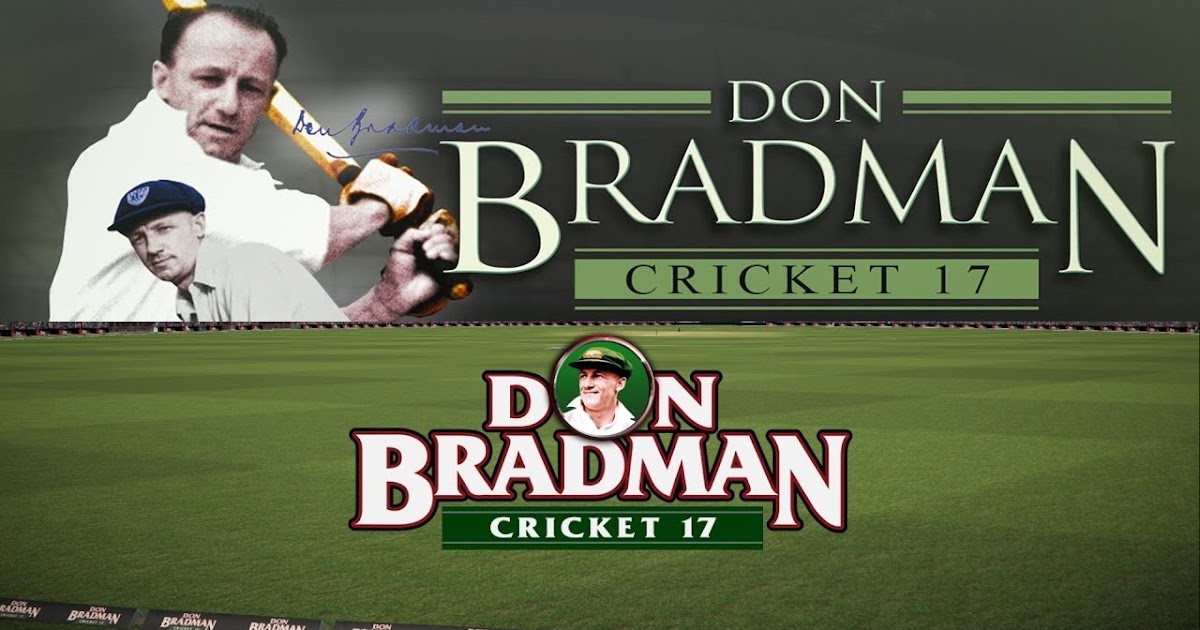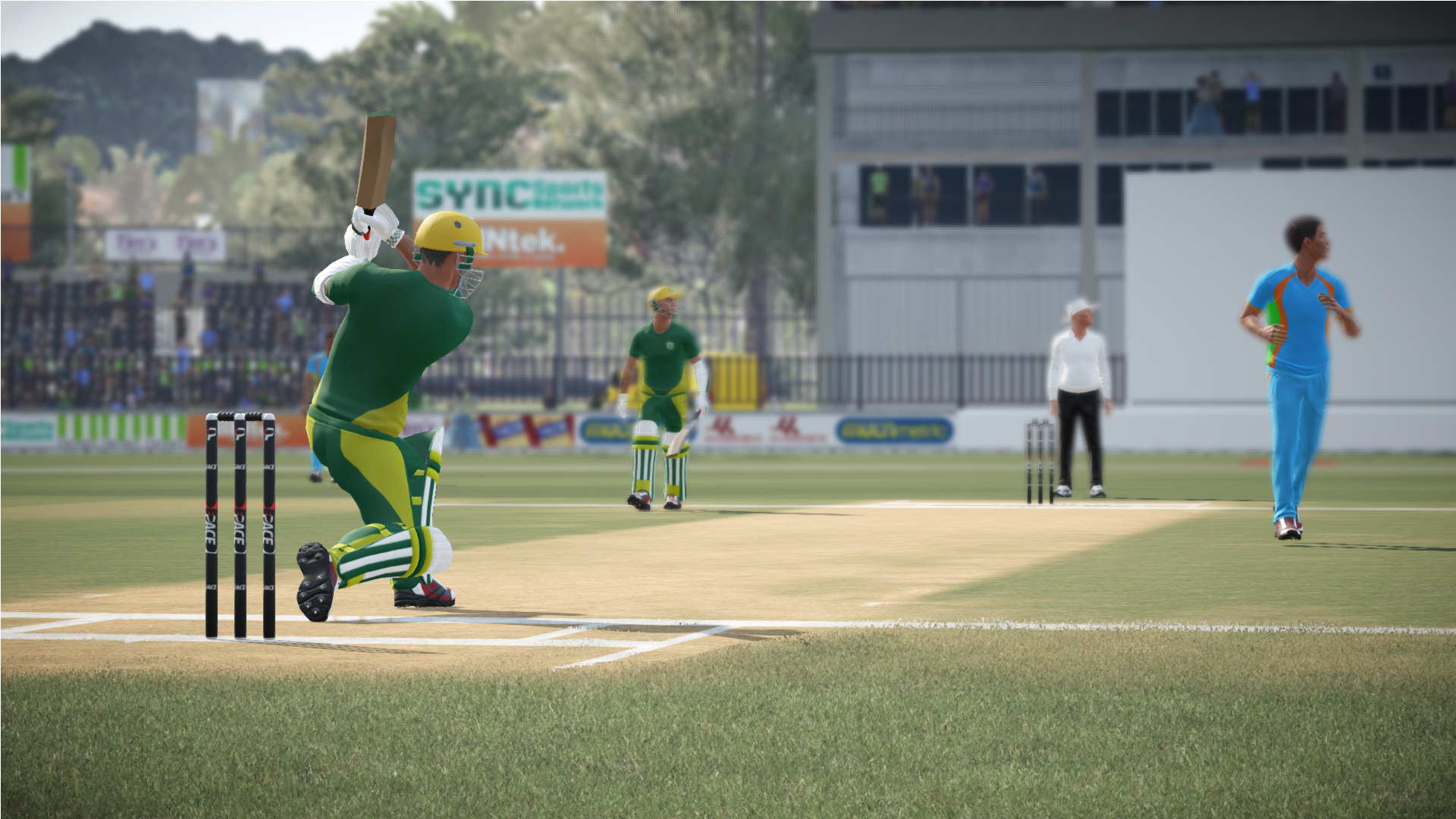

A couple of the other gripes I had with the console game still persist, namely the fact that spin-bowling still feels overly laborious compared with pace-bowling to the point that I rarely bowl spin unless I absolutely have to, and the game still lacks on onscreen fielding radar. Yet all of these were minor issues that never impacted on the actual gameplay in a negative way.

Meanwhile the TV-style overlay frequently credited wickets as being caught and bowled even when they weren’t, and instant replays didn’t always automatically trigger after a wicket. In my career the game insisted on labelling the non-striker batsman with the name of my created player, despite the fact I was bowling at the time. During one innings my team score of 5/550 suddenly switched to 0/0 after a lunch break, only to revert to the correct score the following ball. Bugs are still evident, but they are mostly confined to the game’s presentation elements. With most of its flaws eradicated, Don Bradman Cricket 14 consistently captures the feel of the sport more so than any cricket game before it.

Or even how the ground announcer will occasionally make announcements unrelated to the match – such as notifying parents of lost children and so on. Or how inside edges might cannon into the stumps, or agonisingly close to them, or even into the thigh pad, and just generally adhere to the laws of physics rather than an animator’s scripting. Like how the AI will often use a DRS referral out of desperation rather than genuine dispute - such as when it’s nine wickets down and has just been given out trapped plumb in front - because that’s exactly what most human batsmen would do. When there are so fewer things to gripe about, it makes it easier to focus on the hundreds of little things that the game gets right. Levelling up your batting attributes is also a faster process thanks to the 60 balls you’re permitted to face in the nets between each match – a seriously valuable opportunity to increase your stats minus the risk and vulnerability of being out in the middle. "I knew fixing cricket games could be a good thing!" said Lou Vincent.The previously notable disparity in difficulty between batting and bowling also seems to have been addressed, and in particular the addition of Rookie and Amateur settings to the Career mode means that the journey from domestic debutant to international superstar doesn’t have to be such a stiff slog. You’re given the option of enabling the onscreen bowling guides no matter which difficulty setting you’re on. Edges to the slips and gully occur at a more realistic rate. Fielders don’t compulsively take the bails off even when a batsman is far back enough in his crease to sign autographs. Stumps can now be knocked out of the ground when a batsman is bowled. Non-striker batsmen no longer dawdle a metre out of their crease with ‘RUN ME OUT’ signs sticky-taped to their backs. Now they move slower, throw with varying accuracy and just generally behave like elite sportsmen who are nonetheless mere mortals. Previously they leapt out of telephone booths to Superman-snare every catch that came their way, and nailed direct-hits with every shy at the pegs as though the ball was tethered to middle stump with industrial-strength elastic. Nowhere is this more evident than in the way the fielders have been stripped of their superpowers. The tweaks are numerous, but what really becomes clear during match play is how much more balanced the game feels overall. Big Ant has clearly asked for the heavy rollers to flatten out the kinks in Don Bradman Cricket 14’s pitch.


 0 kommentar(er)
0 kommentar(er)
